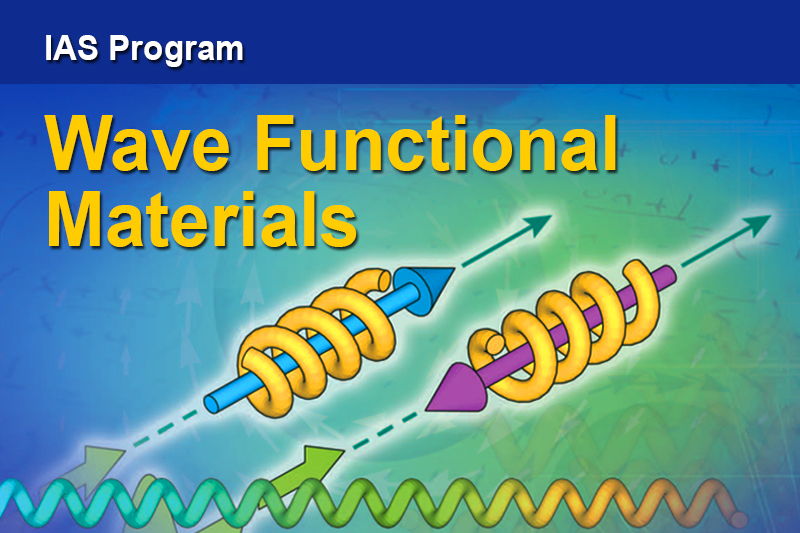Spin Plasmonics
Abstract
Surface plasmons (SP) are modes of electromagnetic (EM) radiations strongly coupled to collective oscillations of electrons at the interface of conductive materials. Resonances such as the surface plasmon (SP) are found to enhance the transmission of electromagnetic waves through subwavelength holes in a metallic film. SP enable the confinement of EM fields into subwavelength volumes with strong local field enhancement, which can be exploited to enhance light-matter interactions at the subwavelength scale, leading to a wide range of intriguing applications such as active plasmonic devices, biosensing and surface-enhanced spectroscopy.
Because of the symmetry of Maxwell’s equations with respect to its magnetic and electric degrees of freedom, there is a magnetic analog to the (electric) surface plasmon (SP) which on bulk surfaces is known as the Damon-Esbach mode. Magnetic surface plasmon (MSP)s hold the promise for subwavelength nonreciprocal devices. The nonreciprocal nature of the MSP states are similar to that of electrons in the quantized Hall effect. Over the last ten years there has been much studies on the effect of magnetic fields on the transport of electrons. An example is the quantized Hall effect, in which “edge states” that behave like giant eddies that circulate around the edges of a sample is believed to carry the current. These edge states are topological. They go only in one direction and have a finite Chern number. The MSP in a magnetic photonic crystal form a dense set of bands and exhibit increasing Chern numbers modulo the degree of rotation symmetry of the crystal. The properties of the MSPs have the additional feature that they can be easily tuned by an external magnetic field. They are coupled to the electromagnetic field and can be injected into metallic structures and induce spin and charge currents. States such as the MSP are the focus of the present paper. These states can potentially be exploited in spintronics devices with lower energy consumption than current ones.
In this talk, different physical phenomena related to the MSP will be described:
(1) Ferromagnetic resonance (FMR) from the viewpoint of spin plasmonics.
(2) Nonlocal injection of MSPs into small metallic elements on top of YIG.
(3) Entangled transverse optical vorticies for digital microwave transmission.
About the speaker
Prof. Chui Siu-Tat received his BS degree in Physics from McGill University in 1969 and his PhD degree in Physics from Princeton University in 1972. He was an Assistant Professor at the University at SUNY-Albany from 1975 to 1979 and joined the Bartol Research Foundation in 1979. He is currently a Professor in the Bartol Research Institute of the Department of Physics and Astronomy, University of Delaware. In 2015, he is appointed as Visiting Fellow of HKUST Jockey Club Institute for Advanced Study. His main research interests are in theoretical condensed matter physics. His work includes droplets of quantum fluids, metamaterials, micromagnetics of small structures, spin-polarized transport, and physics of power electronics.



